Muong Ngoi, Laos
Nam Ou River
Tuesday, Feb 16
Before I retire to my bed, lying in the hammock on my verandah in the quiet night I am mercifully far removed from the noise and seed of ruin of this village. It is cool and lovely and peaceful, with frogs for a serenade.
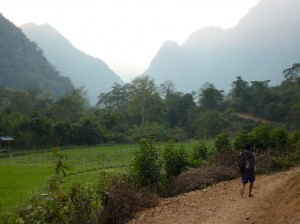 In the morning chill I am back out on the verandah, wrapped in a heavy quilt, watching the river emerge from the morning mist. Eventually the hills on the other side emerge, the sun appears. Today I will go walking. It is a 45 minute walk to the cave where the Lao hid during the Indochina war, emerging only at night to tend their fields. From there I will continue on to two of the nearest villages.
In the morning chill I am back out on the verandah, wrapped in a heavy quilt, watching the river emerge from the morning mist. Eventually the hills on the other side emerge, the sun appears. Today I will go walking. It is a 45 minute walk to the cave where the Lao hid during the Indochina war, emerging only at night to tend their fields. From there I will continue on to two of the nearest villages.
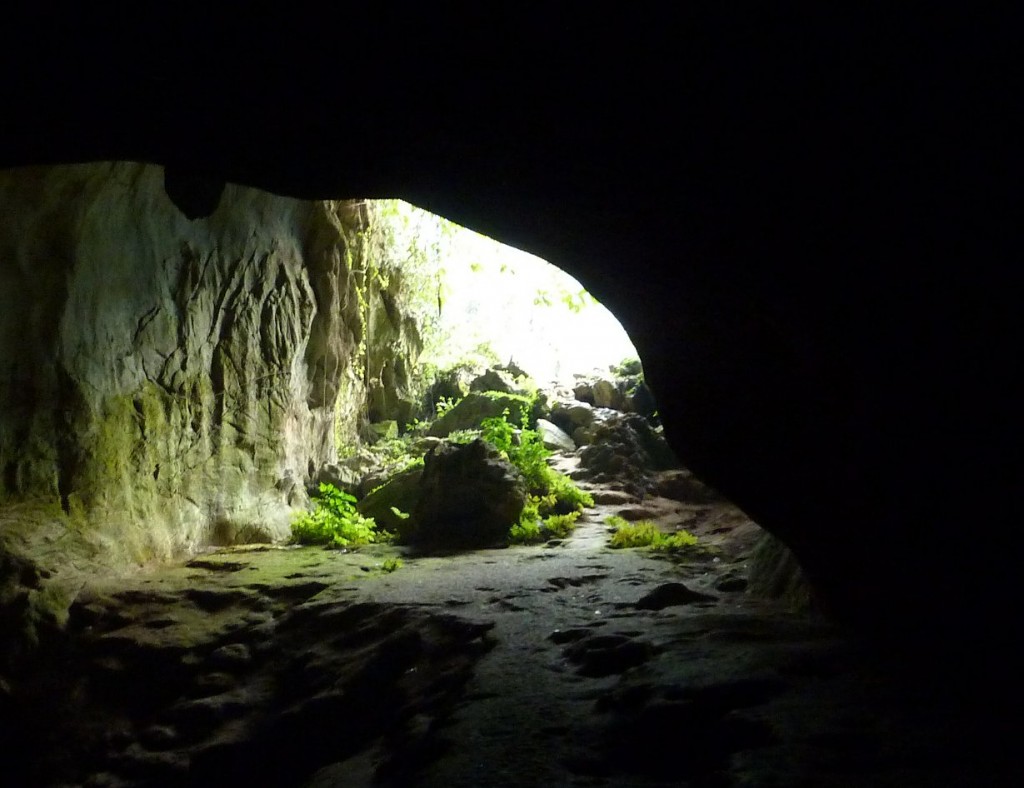
Tham Kang where the villagers hid during the Indochina War. Behind me is a stream, wadable in the dry season, which helped the people remain safely hidden.
Fifteen minutes past the cave, I must cross a stream. Here I encounter a woman who encourages me to visit her village, Huay Bo, in hopes I might stay the night there. But I have a lovely home already and will return there tonight after fourteen miles of walking.
To reach her village I must wade across a thigh deep stream. I must also cross open fields with grazing cattle and water buffalo. I am used to sharing the fields with cattle, but the huge, hulking, horned water buffalo are another matter. So I watch her technique, and decide that simply ignoring them is the way to manage it.
Where paths diverge, there are signs advertising services in the surrounding villages – accommodations, meals, guide services.
I continue on to visit Ban Huay Bo.
At the far edge of the village, children bathe and play in the stream.
I walk on through the fields past the village, thinking I might wander to the waterfall nearby. The fields are rimmed by ridges of earth designed to hold in water for irrigation. Atop these ridges are well trodden paths.
For now, the fields are full of the stubble from the last crop of rice, and more of the ubiquitous water buffalo. I follow the paths to where the main stream emerges from the forest.
Here I find several interesting things:
1. the wires one can see in the photo above carry electricity to power the generators which run for a few hours each night in these villages.
2. the mud of the stream is literally alive with delicate wings
3. I find three pairs of small abandoned flipflops, left on the near side of the stream.  While the older boys have left the village to attend school in Muong Ngoi, the girls are working up along the small feeder stream which exits the forest gathering tiny silver fish.
While the older boys have left the village to attend school in Muong Ngoi, the girls are working up along the small feeder stream which exits the forest gathering tiny silver fish.
This girl, with her fish basket on her hip, and her two friends sweetly attempt to help me discover the proper path which climbs steeply into the forest to the waterfall. After awhile I abandon the quest, deciding finally that such a small stream will have a correspondingly small waterfall, and that I prefer to return to Huay Bo and then on to one of the other villages to the north.
Back in Huay Bo, I stop to buy a drink from the woman whose example had taught me how to navigate water buffalo. Within a short time, I am joined by a couple who has arrived for the night, and a bit later by another, and I am happy that my absence tonight from the premises will not mean that her day is unprofitable.
So onward, back to the river crossing.
And then on to Ban Na.
This village is far less primitive than Huay Bo, probably as reaching it involves no need to wade any rivers. The structures are more substantial, and not on stilts as they are in Huay Bo (as well as in the other nearest village, Huay Sen). There is a sense of relative ordinariness about this place and I am grateful to have made the effort to reach a more remote, less visited site.
The day is getting late and it is time to turn for home.
As I approach the famous cave Tham Kang I recall that there are other smaller caves here as well, tucked up into the limestone cliffs and that in one of these there is a secret Buddha statue, but there will be no signs, nor paths. As I walk, I look toward the cliff wall. Of a sudden, feel that this is the place, so I wander through the brush to find out.
I emerge into a small clearing to find a low, hidden opening into the cliffside. Inside I find the three foot tall statue of the Buddha.
And so I kick off my shoes and remove my hat, and kneel here, quietly. I allow the spirit of the place and of the Buddha to fill me.
Here in this nearly secret place, discovered because it had reached out and found me, had drawn me to it, I kneel and allow the thoughts of who and what I worried for to fill the space.
I would find out many days later that when all time changes and date changes were calculated out, that it was at just this time that my aunt, who had long been ill, she who I had thought of while kneeling before the Buddha, had passed on. Peacefully, with her loved ones beside her.
So very far from home, yet so close. I had been with her in her passing.

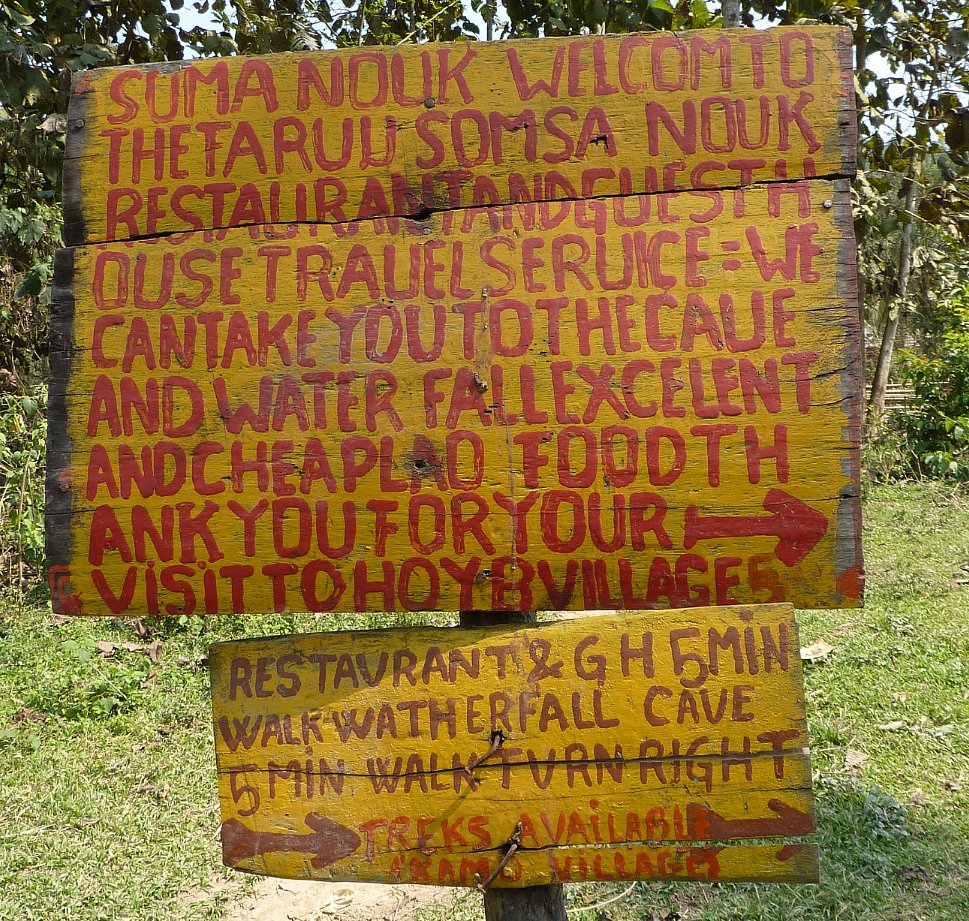
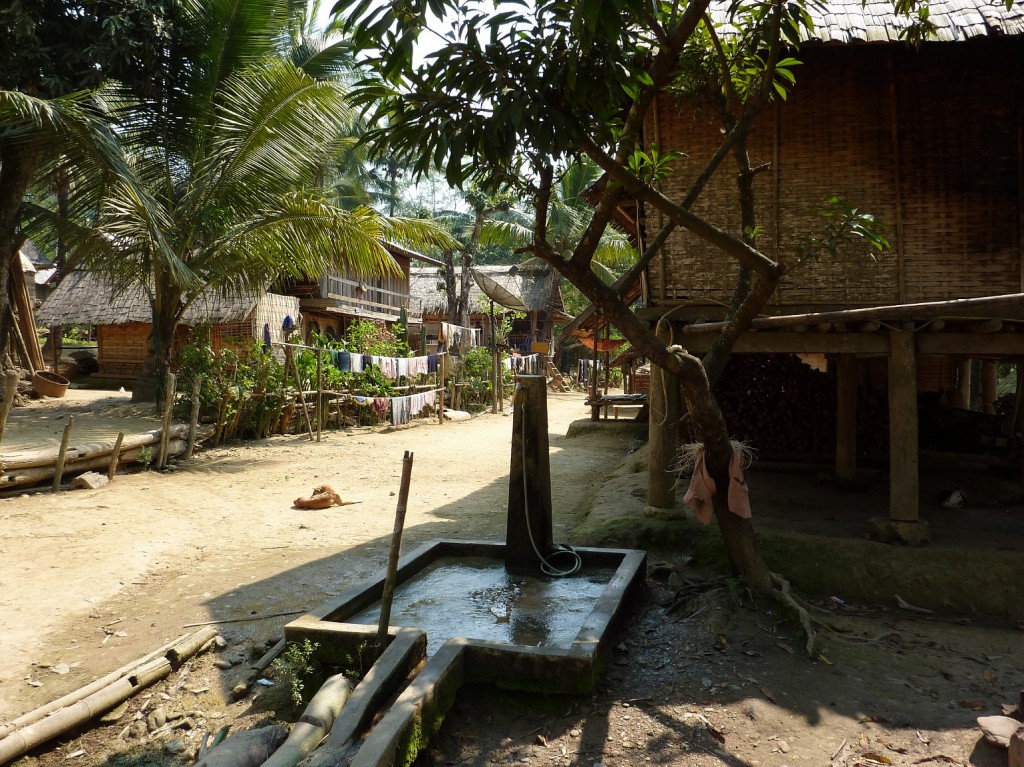
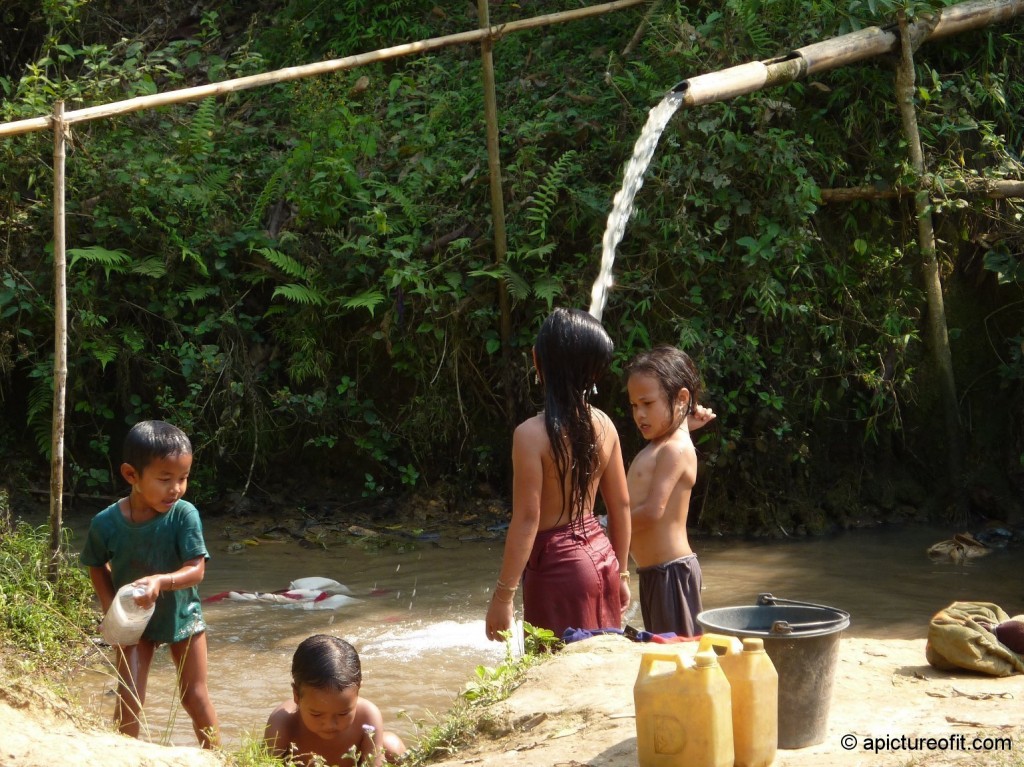

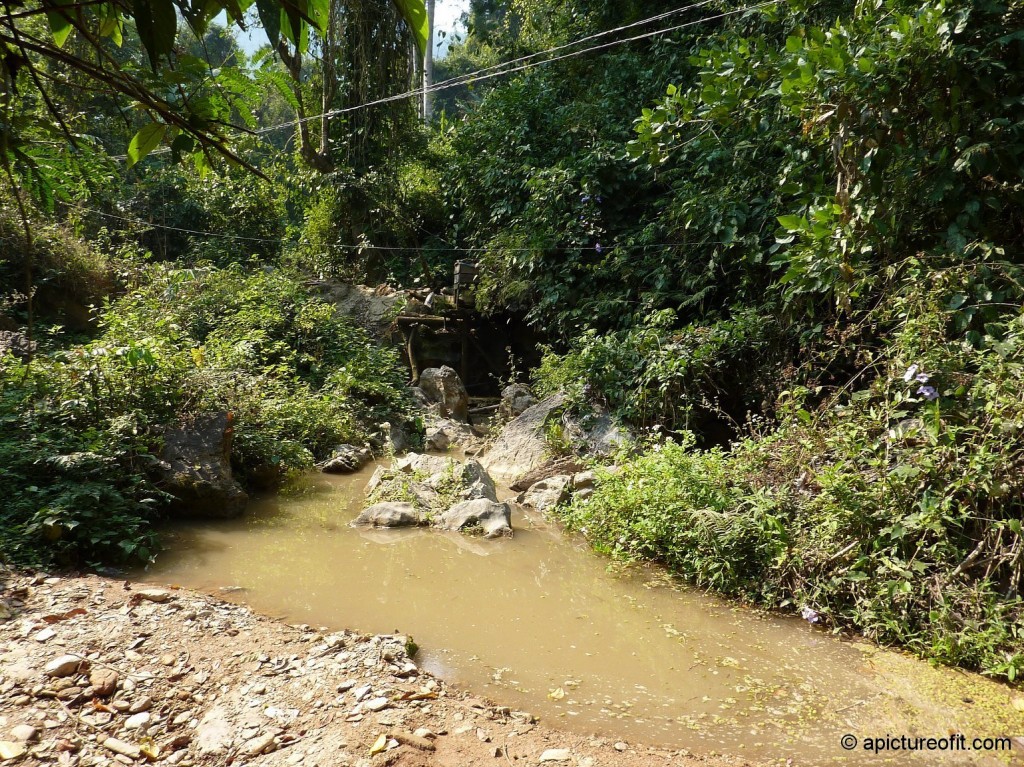
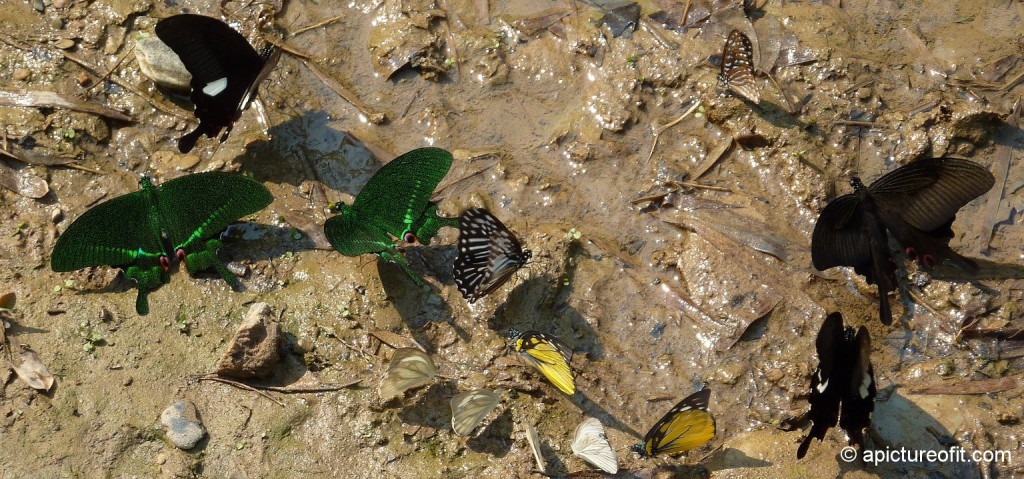

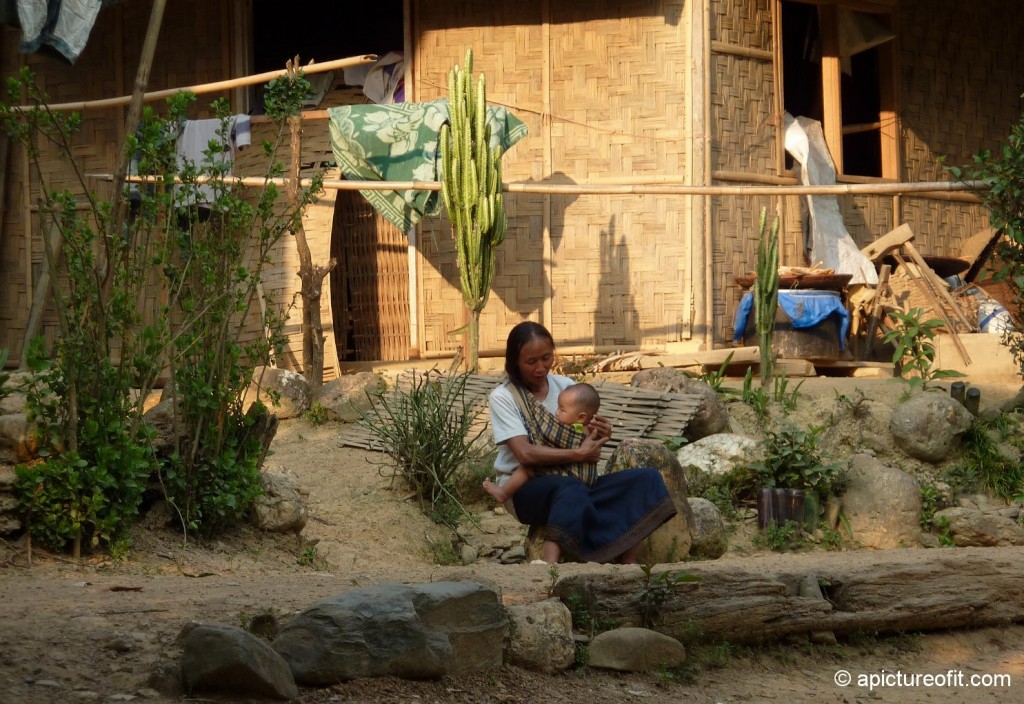
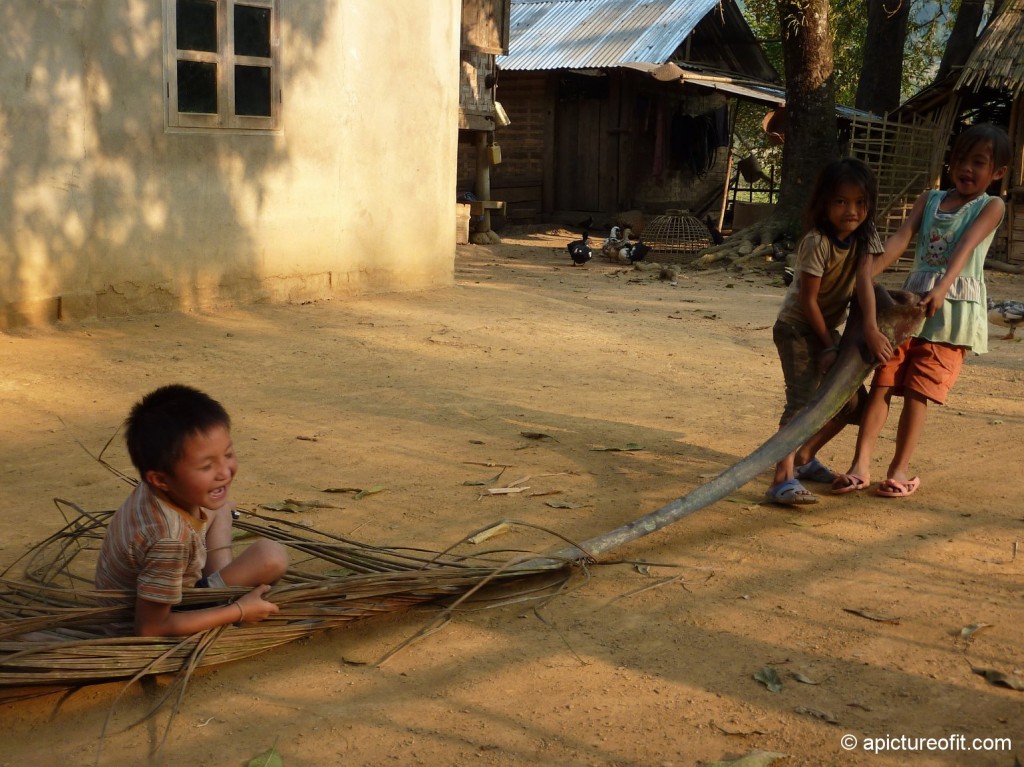
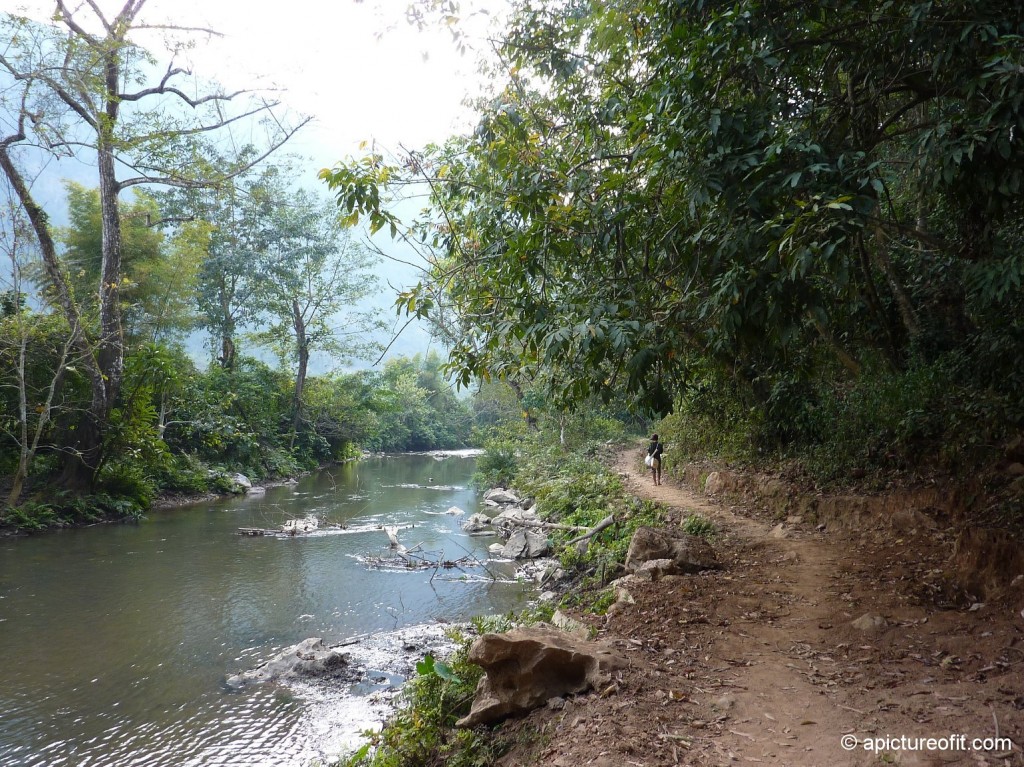
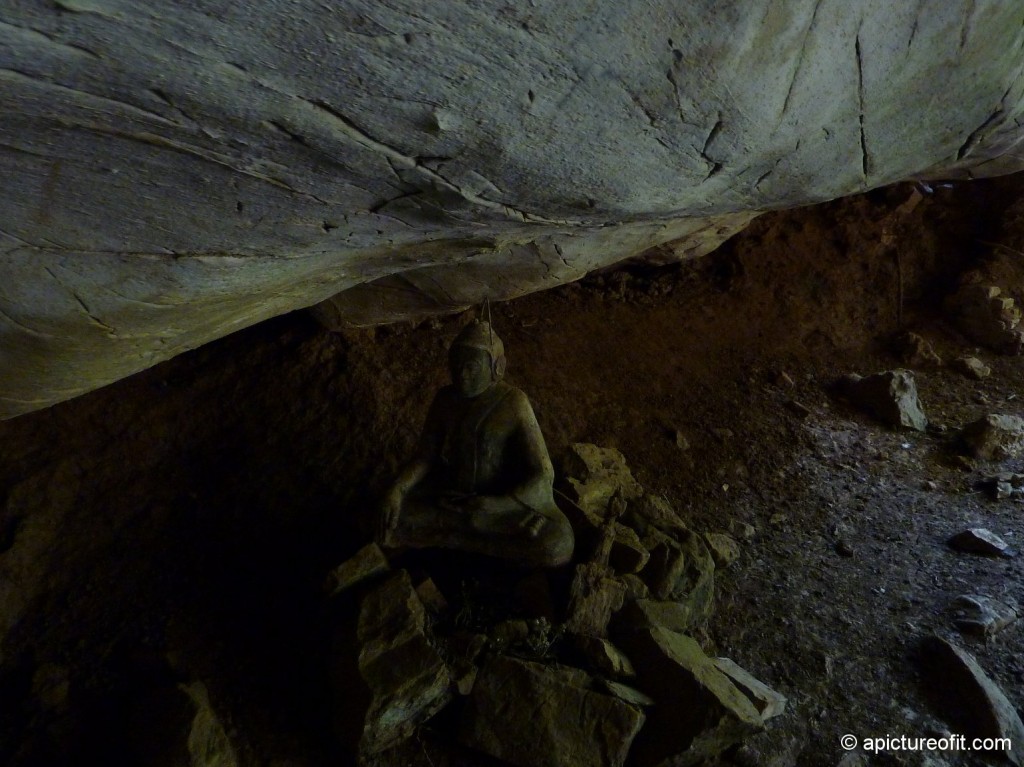
What a tale. It makes you feel like we are meant to be connected to all life, that rivers and plants are as alive as we are.